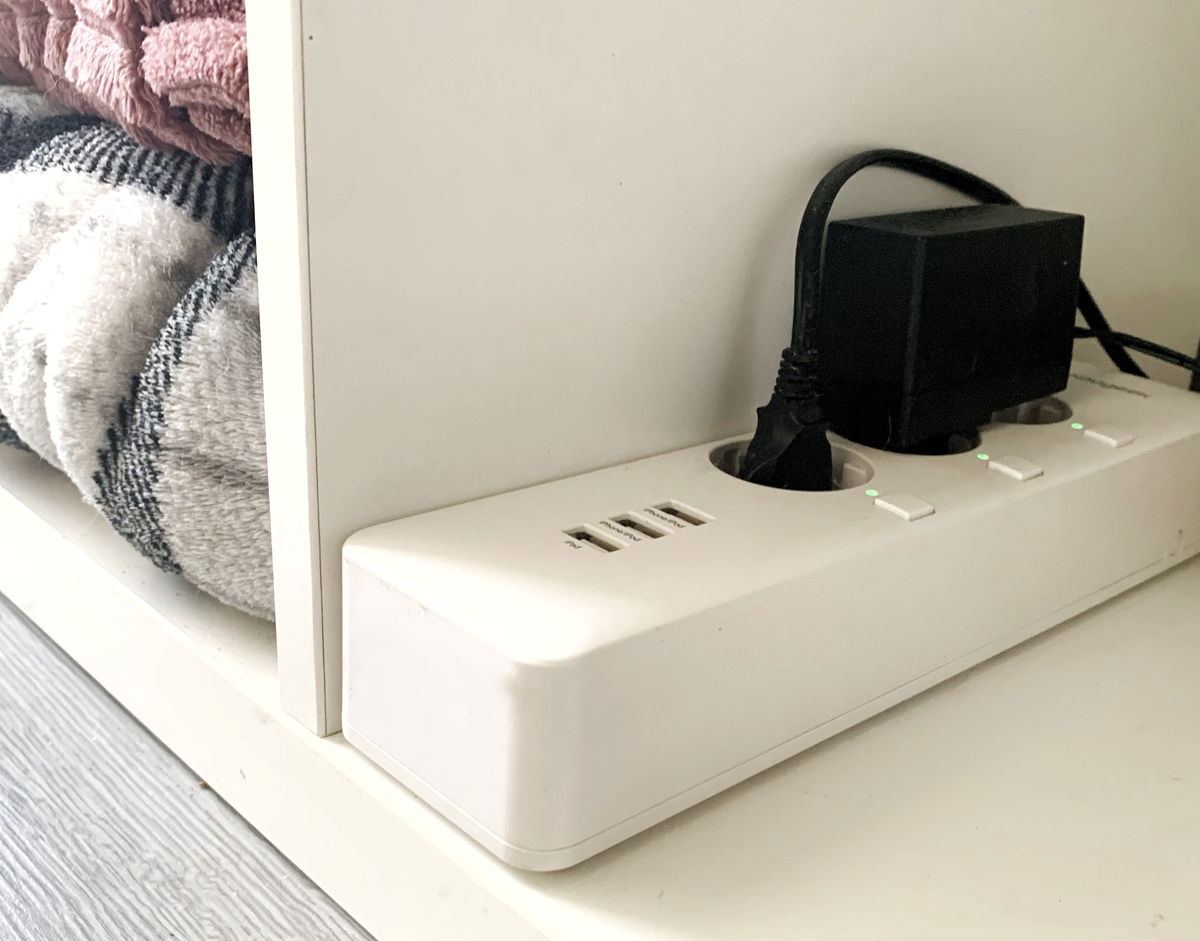ABOUT 2 billion people menstruate once a month worldwide. Approximately 632 million use tampons. That’s a lot of people. However, until now no one has analyzed the presence of metals in these substances that could be toxic. hygiene products. Considering that the vaginal walls are lined with tissue so absorbent that tampon contents can enter the bloodstream, it’s a shame that this hasn’t been done sooner. But we also know that, until recently, menstrual product research was done with fake blood. At this point, nothing surprises us.
Now a team of scientists from several American universities has conducted what appears to be the first study of the content metals in tampons. All metals analyzed were detected in varying degrees in the products studied. Of particular concern were the levels arsenic and lead. These are metals that are very toxic at very low concentrations. Much lower than in tampons.
True, all this metal does not get into the blood, it is impossible. But considering vaginal permeabilitycan make it a worrying dose. You’ll have to keep studying to find out. This study highlights the problem that arises from the lack of concern that typically exists regarding the safety of menstrual hygiene products. Their findings should inspire brands to get to work and take a closer look at the problems their products may cause.
Alarming Doses of Metals in Tampons
To conduct the study, its authors analyzed 30 tampons from 18 lines belonging to 14 brands. They did not specify what brands these were, only that they were sold in USA, UK and Europe.
They used a technique known as mass spectrometry to measure levels of 16 metals: arsenic, barium, calcium, cadmium, cobalt, chromium, copper, iron, manganese, mercury, nickel, lead, selenium, strontium, vanadium and zinc. All of these were found in varying degrees in the tampons. However, the levels of lead and arsenic were particularly alarming. The former was found in a dose 6.74 nanograms per gram and the second to 2.56 nanograms per gram.
How did they get there?
These metals are not used directly in the production of tampons, but are likely introduced through impurities derived from agricultural processes. Absorbent materials in these products, such as cotton, viscose or rayonare of plant origin. Both cotton and viscose are made from cotton plants, while viscose is made from beech wood. It is possible that the plants they were made from absorbed metals from pesticides, fertilizers, or soil runoff, which then ended up in the tampons. Although they could also come from pigments or antibacterial agents used in the manufacturing process.
So what now?
In such a situation it is logical that consumer anxietyIt is important to encourage calm, as alarming levels of these metals may not be absorbed from tampons.
But the only way to know is to study it. Research needs to be done to analyze more brands of tampons, and to better understand how the vaginal walls work in this regard.

In principle, it is not recommended to stop using tampons until there is a greater result. But if there are concerns about this, you can always resort to options such as menstrual cupThese products are usually made from medical silicone and other similar materials, much more tested. Other traditional products, such as pads, have not been tested as thoroughly. They use absorbent materials similar to those used in tampons, so it cannot be ruled out that they also contain these metals. But it is true that since it is not in the vagina, much less is absorbed.
Hopefully we’ll have new results soon that will help us make much more informed decisions. 2 billion people should be enough for us to pay much more attention to this.
Source: Hiper Textual














